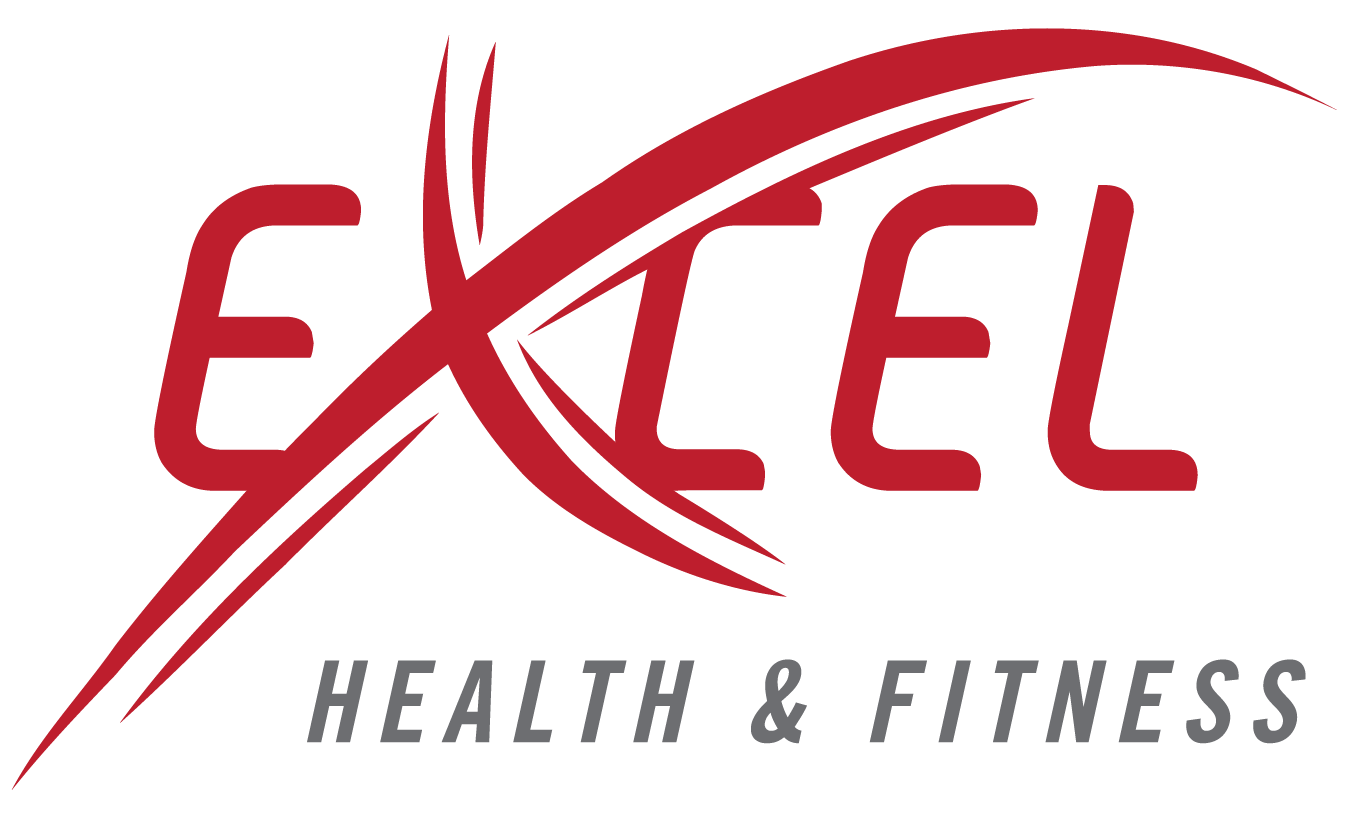You’ve Heard of BMI — But Is It Still Useful?
If you’ve ever filled out a health form, joined a weight loss program, or talked to a doctor, you’ve probably seen your BMI score.
But if you’ve also done a body fat test, you might’ve noticed something odd — the two numbers don’t always agree.
At Excel Health & Fitness in Manteca, we get this question all the time:
“Why does my BMI say I’m overweight, but my body fat test says I’m healthy?”
Let’s break down the difference, and why body fat testing is a more accurate way to understand your health.
What Is BMI?
BMI (Body Mass Index) is a simple calculation based on your height and weight. It doesn’t measure fat, muscle, or anything else, just total weight compared to height.
BMI Formula:
Weight (kg) / Height (m²)
BMI Categories:
Underweight: < 18.5
Normal: 18.5 – 24.9
Overweight: 25 – 29.9
Obese: 30+
Sounds simple… but also kind of flawed, right?
Why BMI Doesn’t Tell the Whole Story
1. It Doesn’t Measure Body Fat
Two people can have the same BMI but very different body compositions, one might be muscular, the other mostly fat.
2. It Doesn’t Account for Muscle Mass
Athletes and fit individuals often fall into the “overweight” or even “obese” category just because muscle is dense.
3. It Ignores Fat Distribution
Where you carry fat matters. Belly fat is riskier than fat in your legs, but BMI can’t tell the difference.
4. It’s Based on Outdated Research
BMI was developed in the 1800s and wasn’t even meant to assess individuals. It was designed for large population studies.
What Does Body Fat Testing Measure?
At Excel, we use Fit3D scans to provide a complete view of your body:
Body fat percentage
Lean muscle mass
Visceral fat estimate
Body shape, symmetry, posture
A 3D model to track change over time
It’s not just about weight. It’s about what your body is made of.
Fit3D vs BMI: Side-by-Side
Data Type
BMI: Math equation based on height and weight
Fit3D: Infrared scan measuring actual body composition
Accuracy
BMI: Broad estimate
Fit3D: Personalized, detailed, and repeatable
Usefulness
BMI: General risk assessment
Fit3D: Real-time health and fitness tracking
Which One Should You Use?
Use BMI if you’re filling out forms or want a general population-level snapshot.
Use body fat testing if you actually want to:
Set realistic fitness goals
Track fat loss or muscle gain
Know what’s working
See how your body is physically changing
Final Thought
You are not a number on a chart.
BMI might put you in a box. But body fat testing shows you the truth, and gives you the tools to do something with it.
